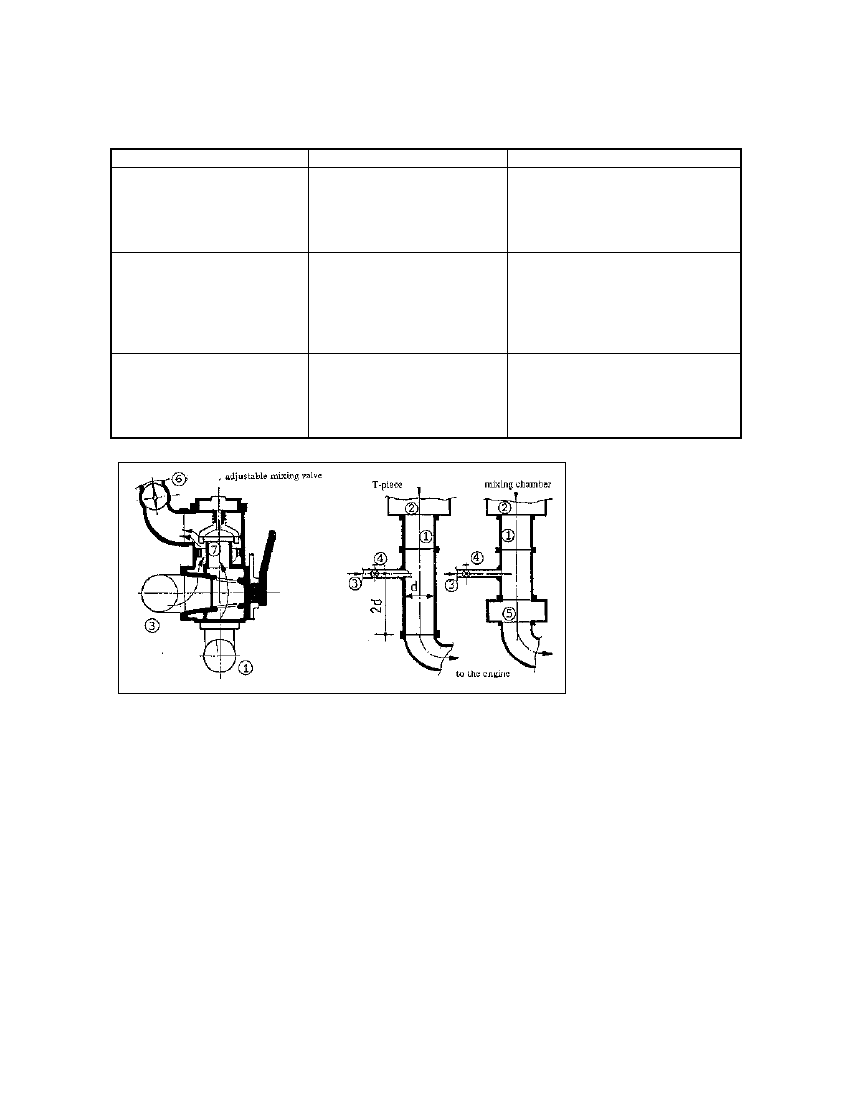
Table 5.23: Engine-conversion requirements for various duty and control modes (Source:
Mitzlaff 1986)
Duty mode
Speed: constant power:
constant e.g. for a pump with
constant head and constant
delivery
Speed: constant power:
variable e.g. for a constant-
frequency subject to varying
power; or for a pump with
constant head and varying
delivery volume
Speed: variable power:
variable e.g. for powering
various types of machines
Control mode
Diesel or spark- ignition
engine: fixed manual
adjustment, no readjustment
necessary under normal
circumstances
Automatic speed control:
Spark-ignition: electronic
governor controls the throttle
Diesel: fixed biogas fraction,
with speed control via diesel
intake governor
Spark-ignition: by hand (if
varying speed is acceptable)
or electric with setpoint
control Diesel: by hand via
accelerator Iever
Conversion mode
addition of a simple, manually
adjusted mixing chamber
Spark-ignition: carburetor or gas
mixing valve with throttle; elec
tronic control Diesel: Regulator and
hand-adjusted mixing chamber
Spark-ignition: electronic with set
point control, gas mixing valve or
carburetor with throttle, plus regu
lator Diesel: simple, hand-adjusted
mixing chamber
Fig. 5.35: Various gas
mixers for spark-ignition
and diesel engines. 1 Air
intake, 2 Air filter, 3
Biogas supply pipe, 4
Biogas control valve, 5
Mixing chamber (0.5 - 1
X piston displacement) 6
Throttle, 7 Mixing valve
(Source: OEKOTOP)
Converting a spark-ignition engine results in a loss of performance amounting to as much as 3070.
While partial compensation can be achieved by raising the compression ratio to E = 11-12, such a
measure also in,creases the mechanical and thermal load on the engine.
Spark-ignition engines that are not expressly marketed as suitable for running on gas or unleaded
gasoline may suffer added wear & tear due to the absence of lead lubrication.
The speed control of converted spark-ignition engines is effected by way of a hand-operated
throttle. Automatic speed control for different load conditions requires the addition of an electronic
control device for the throttle.
77